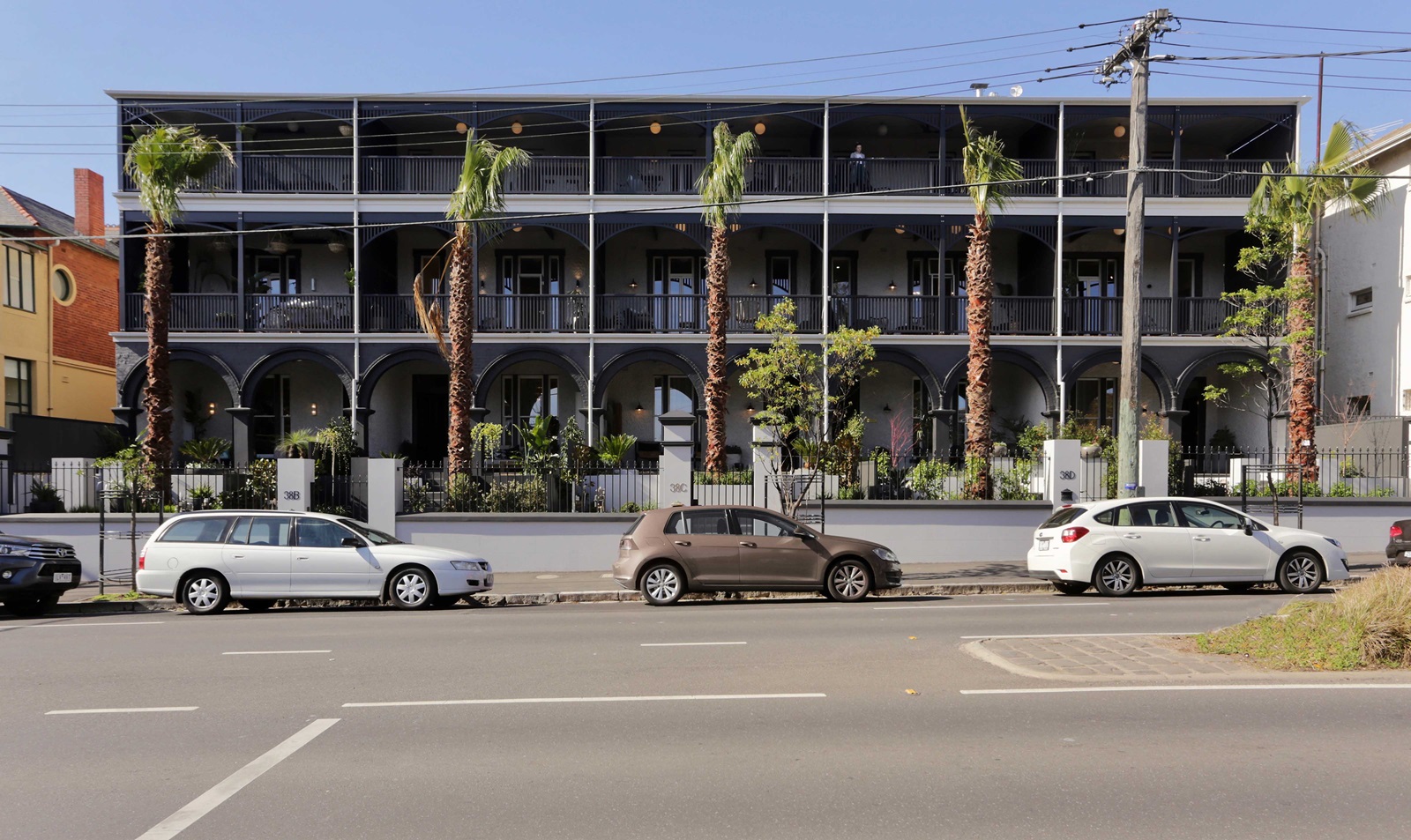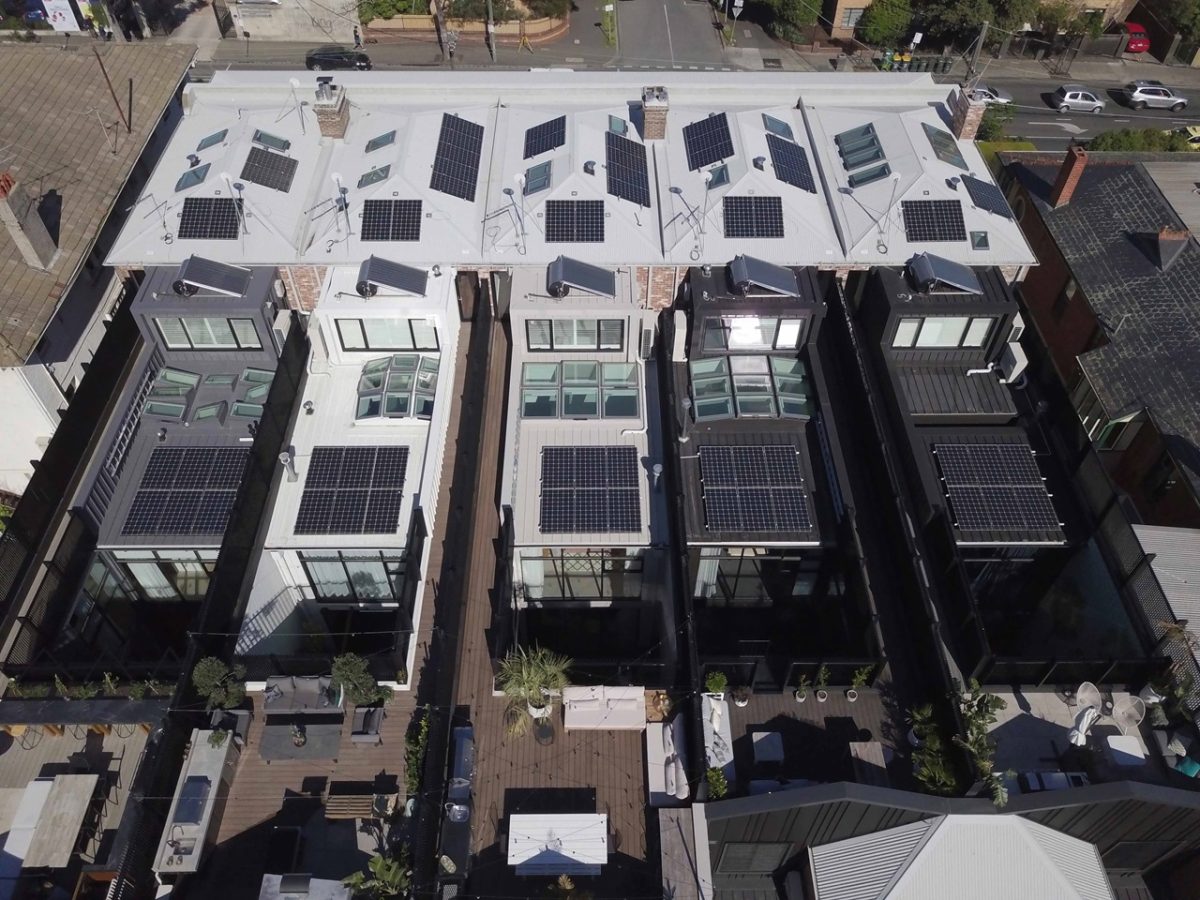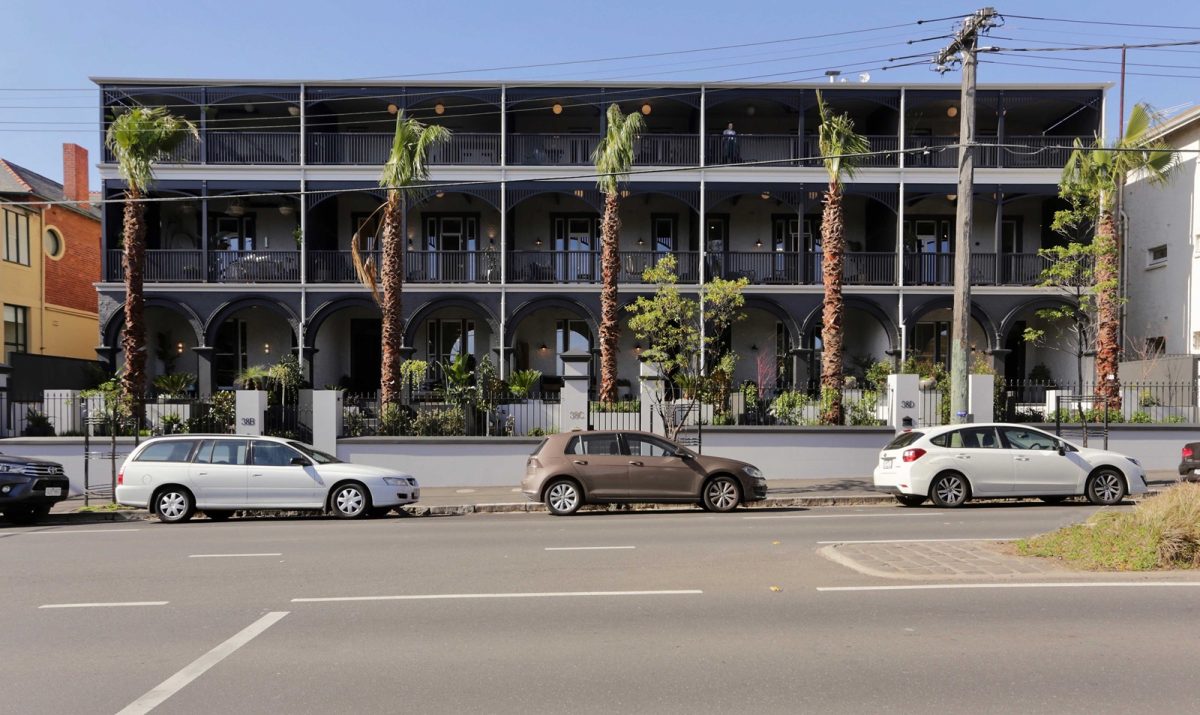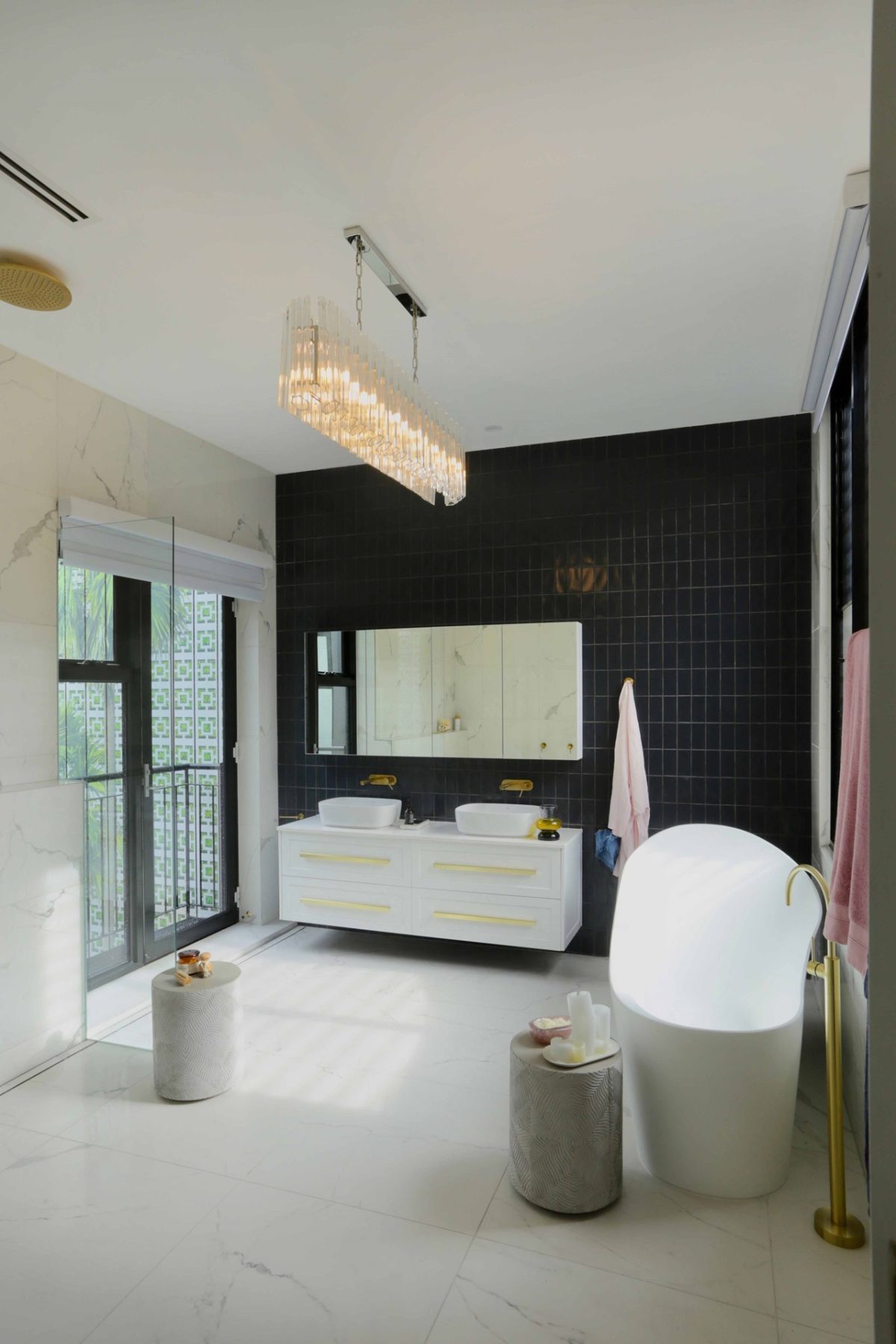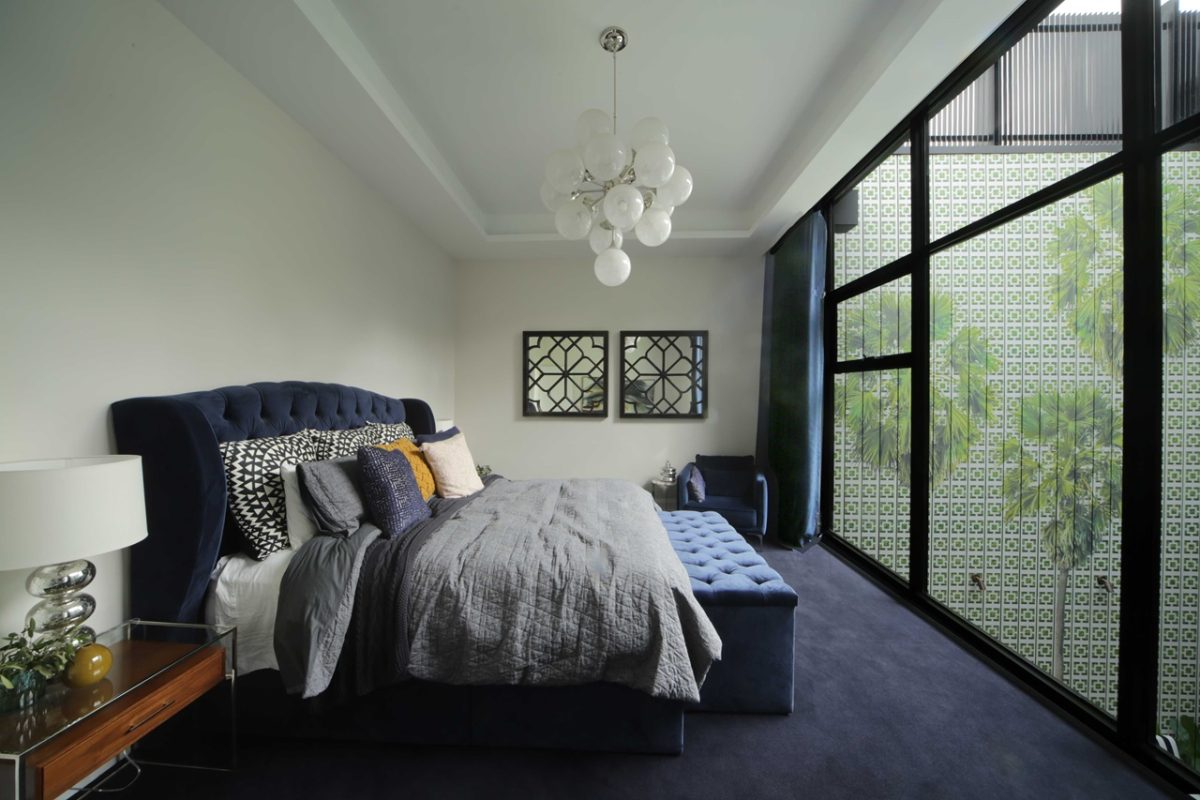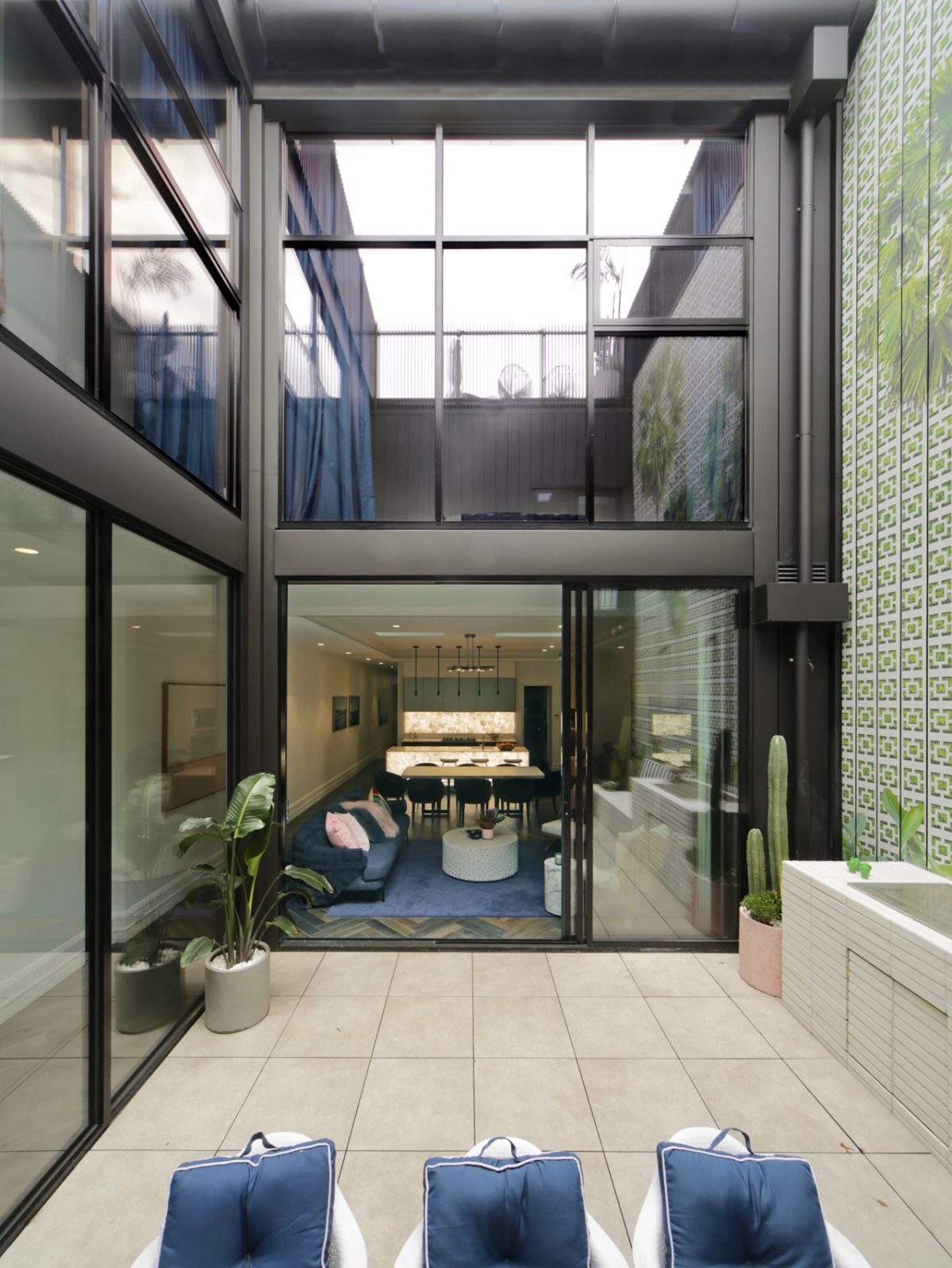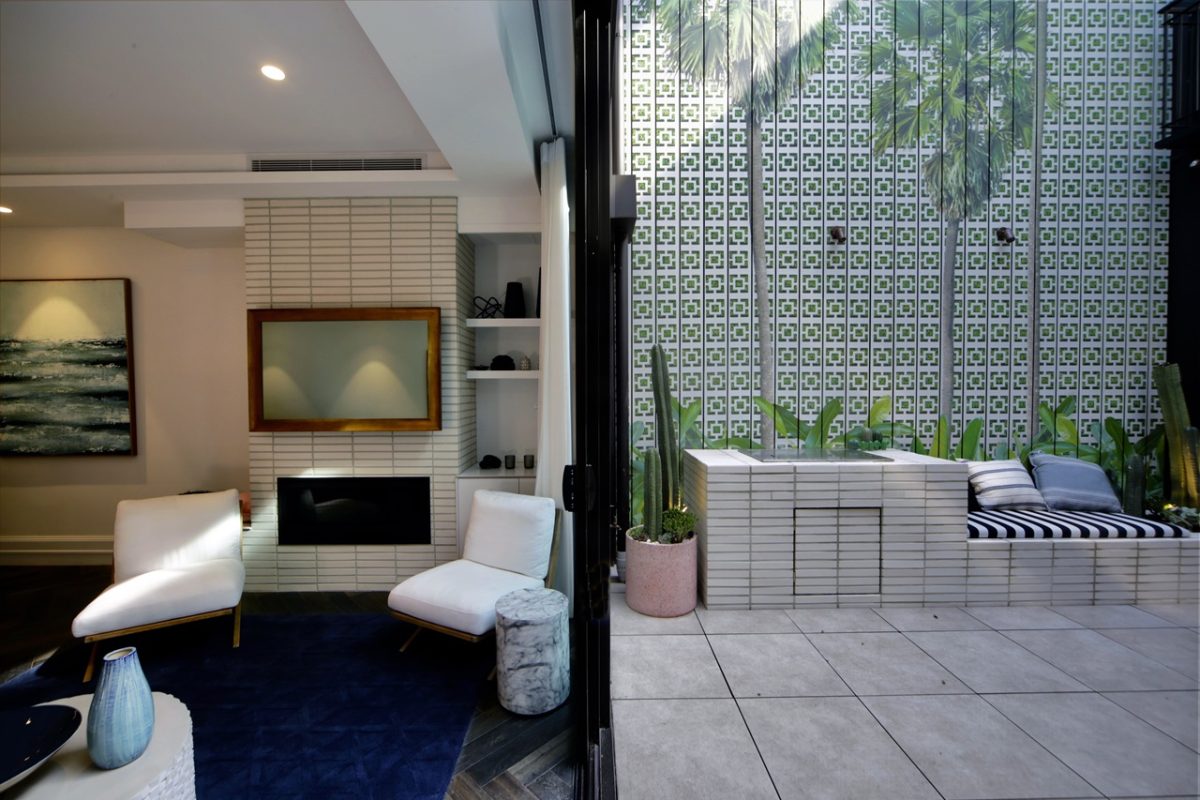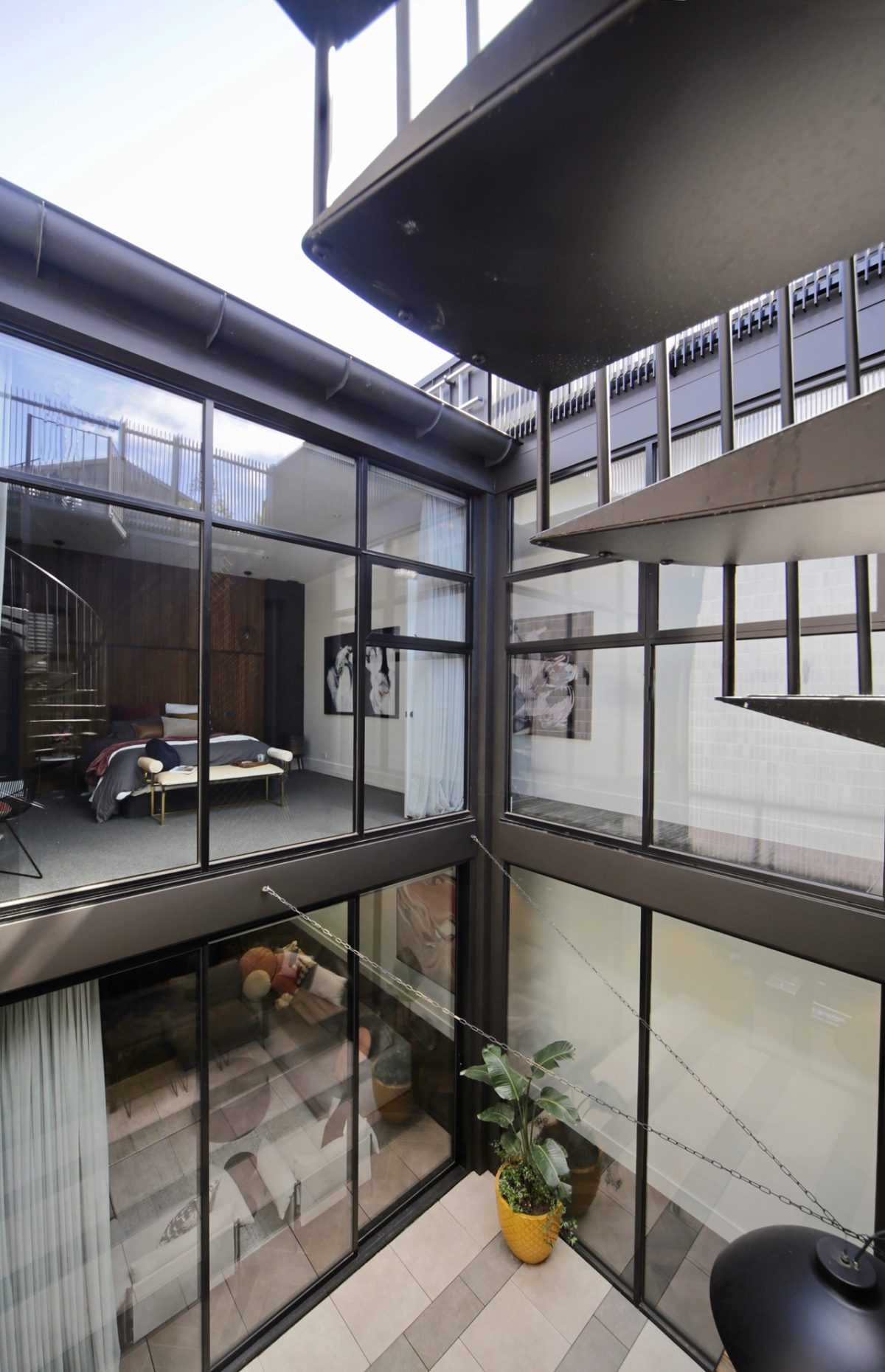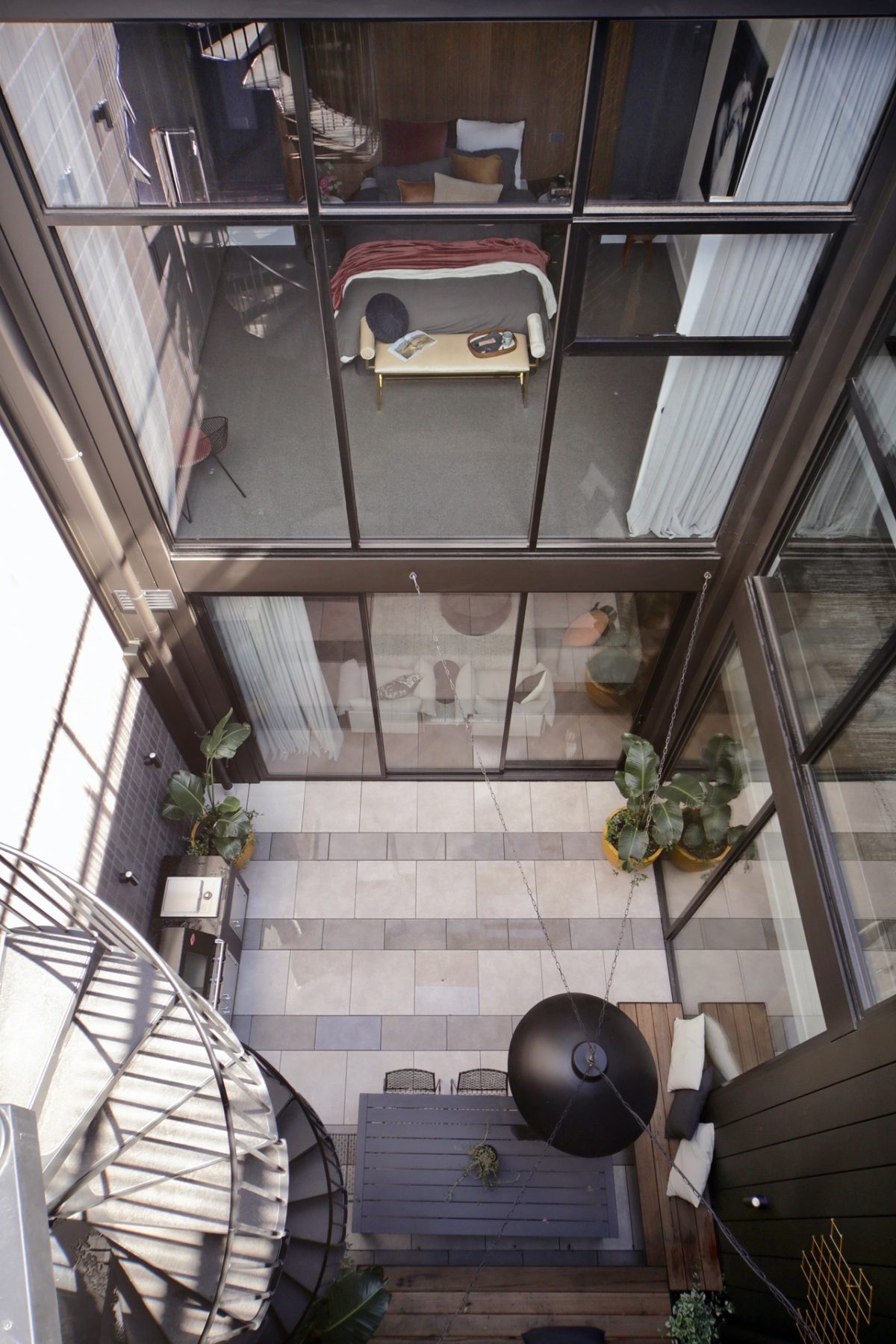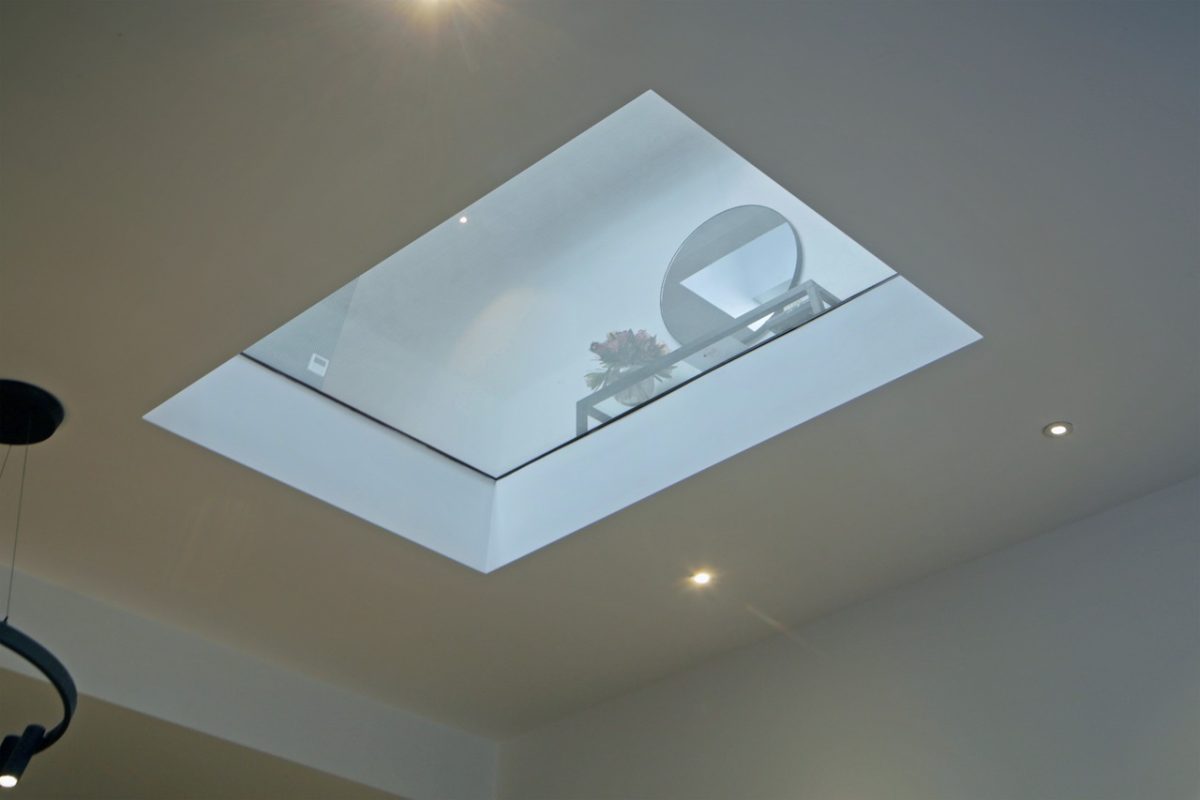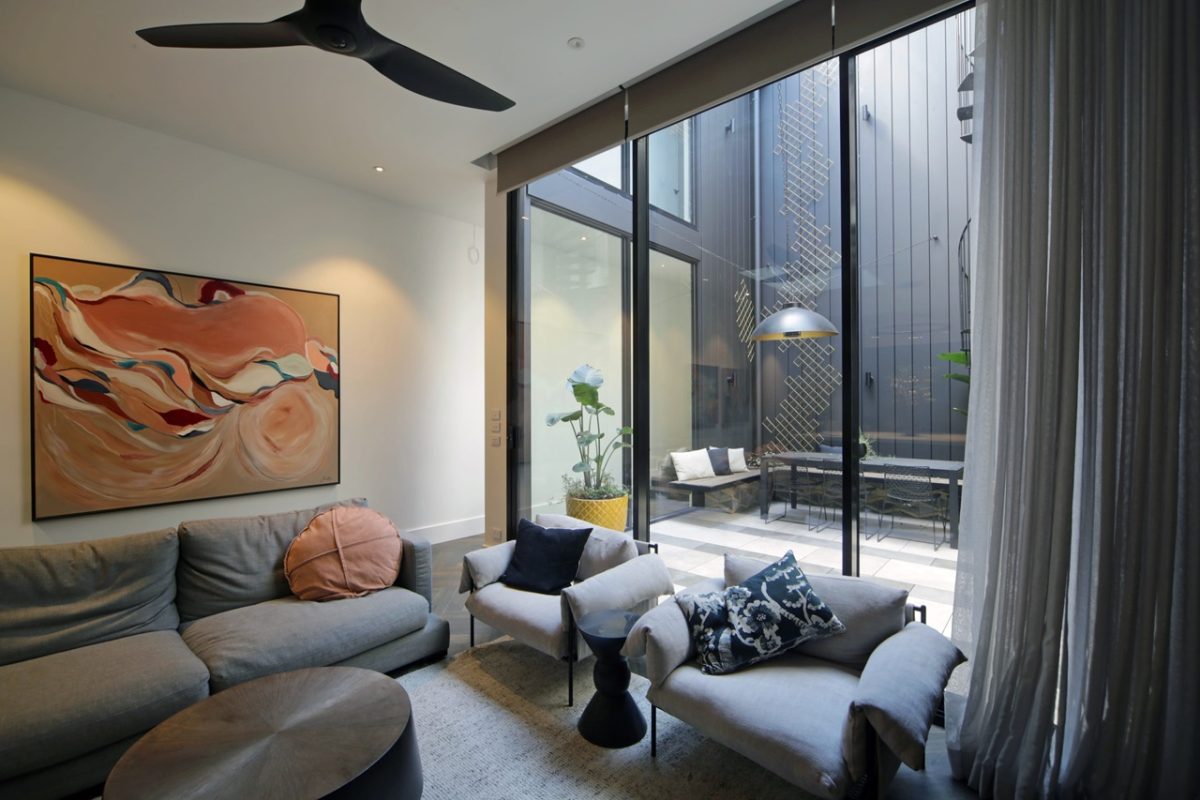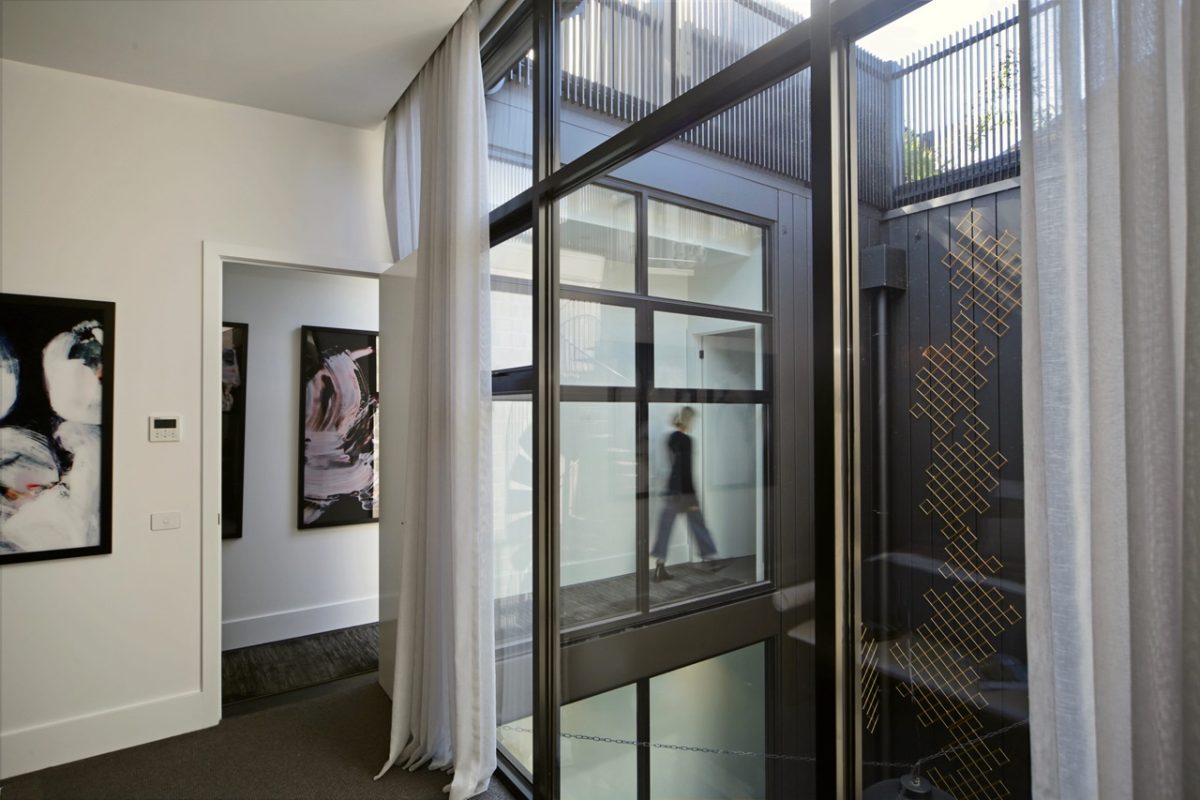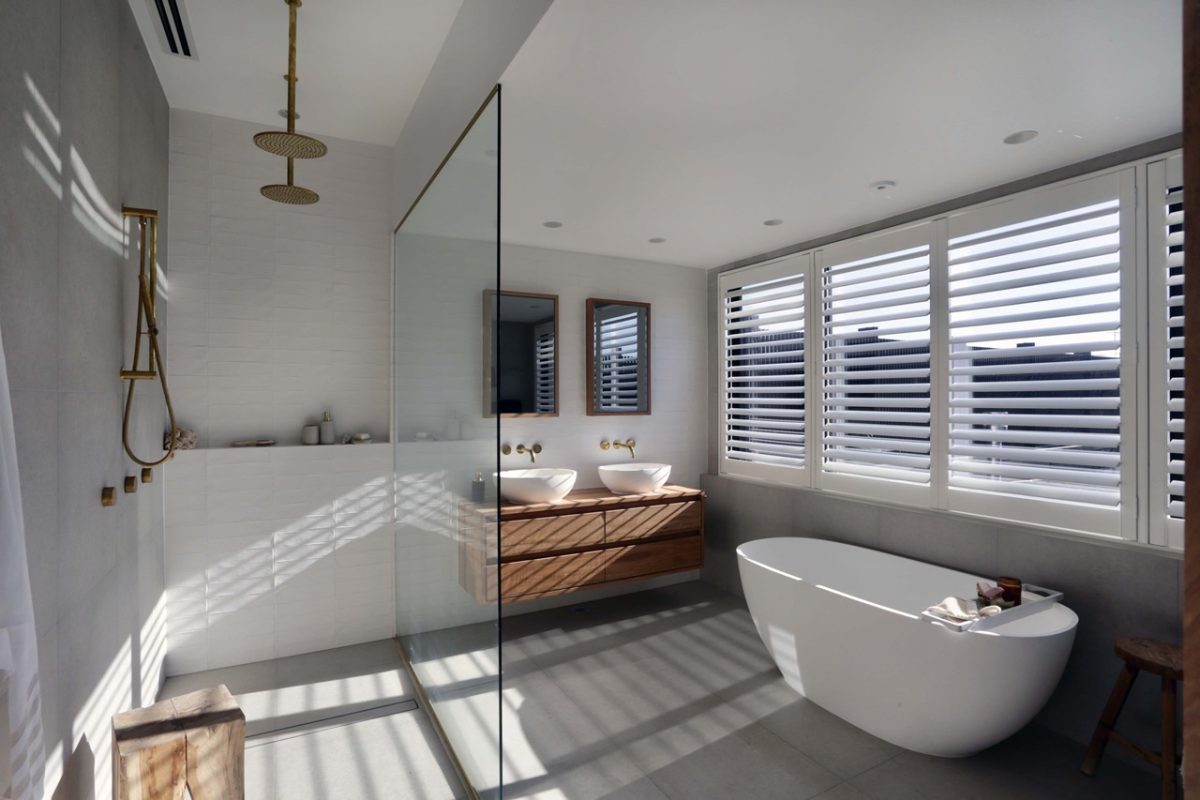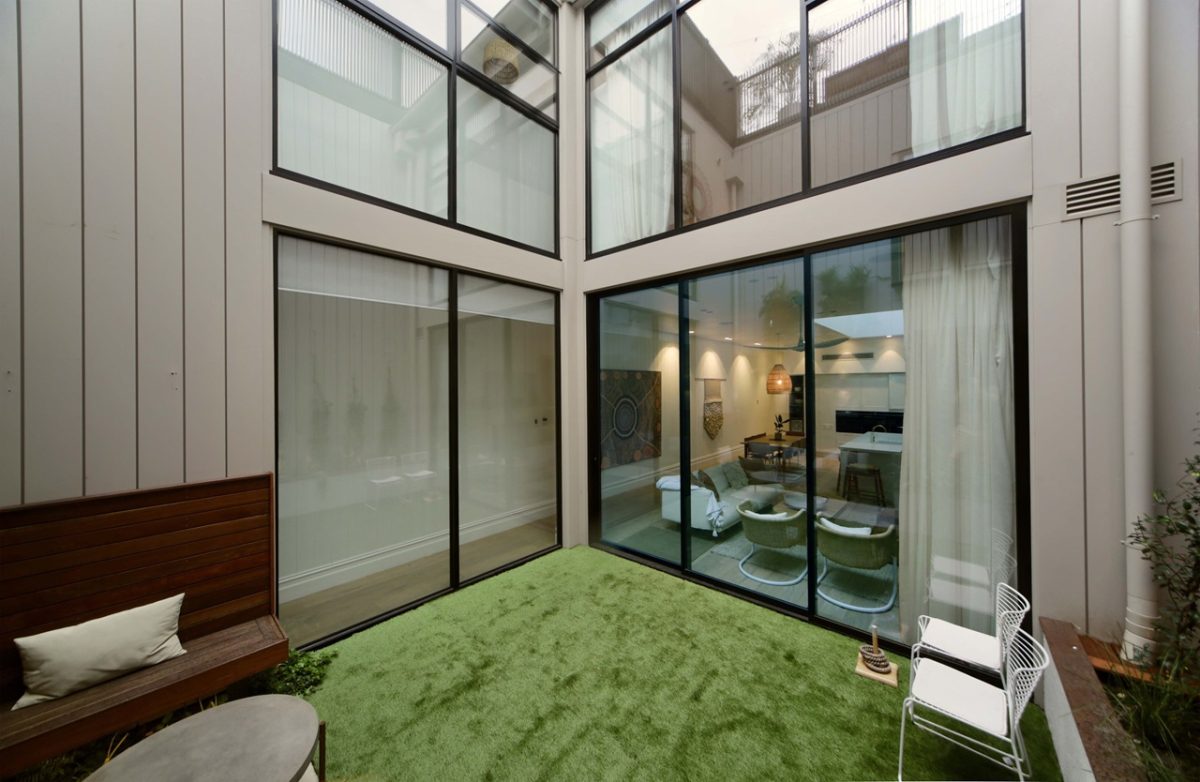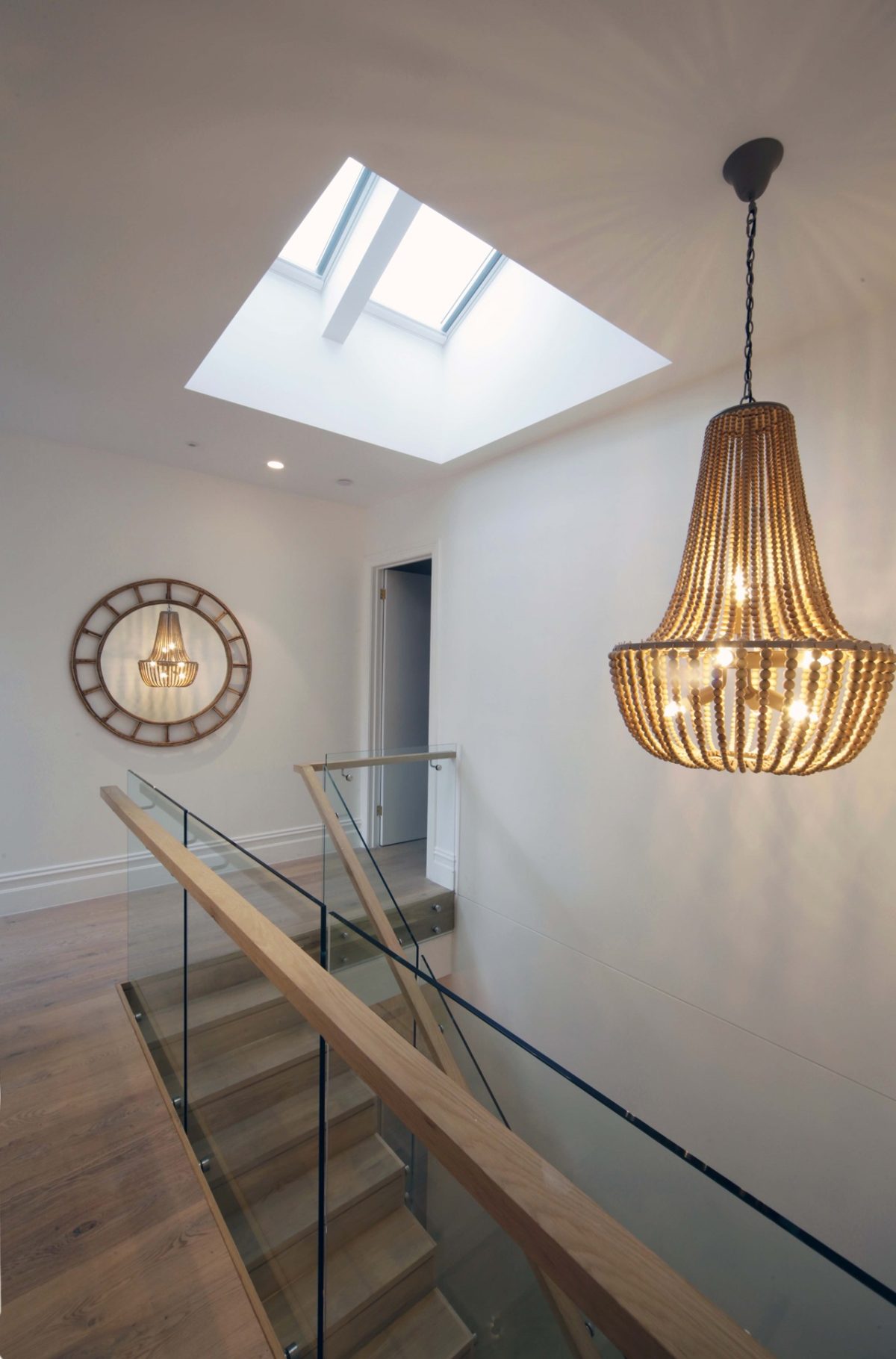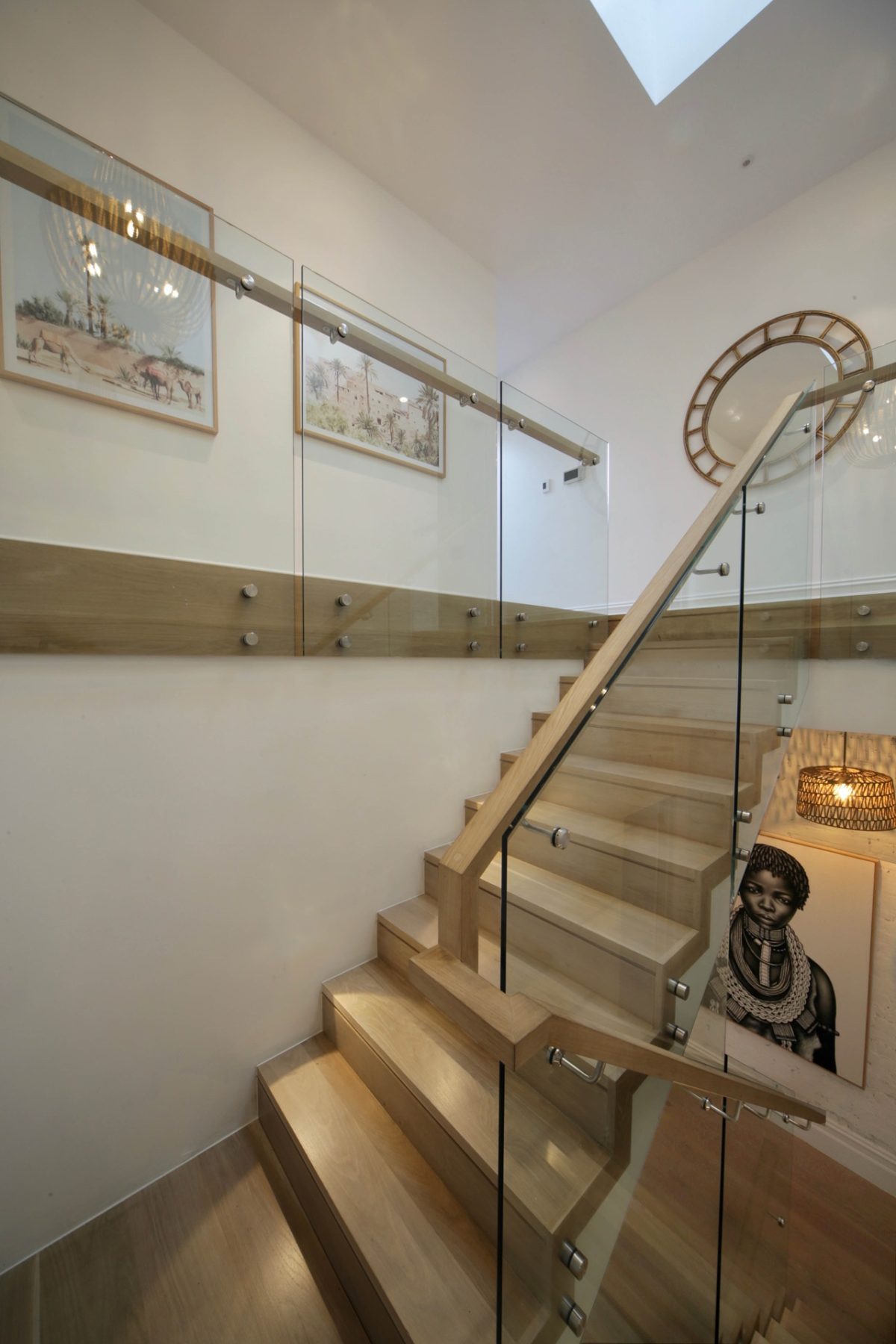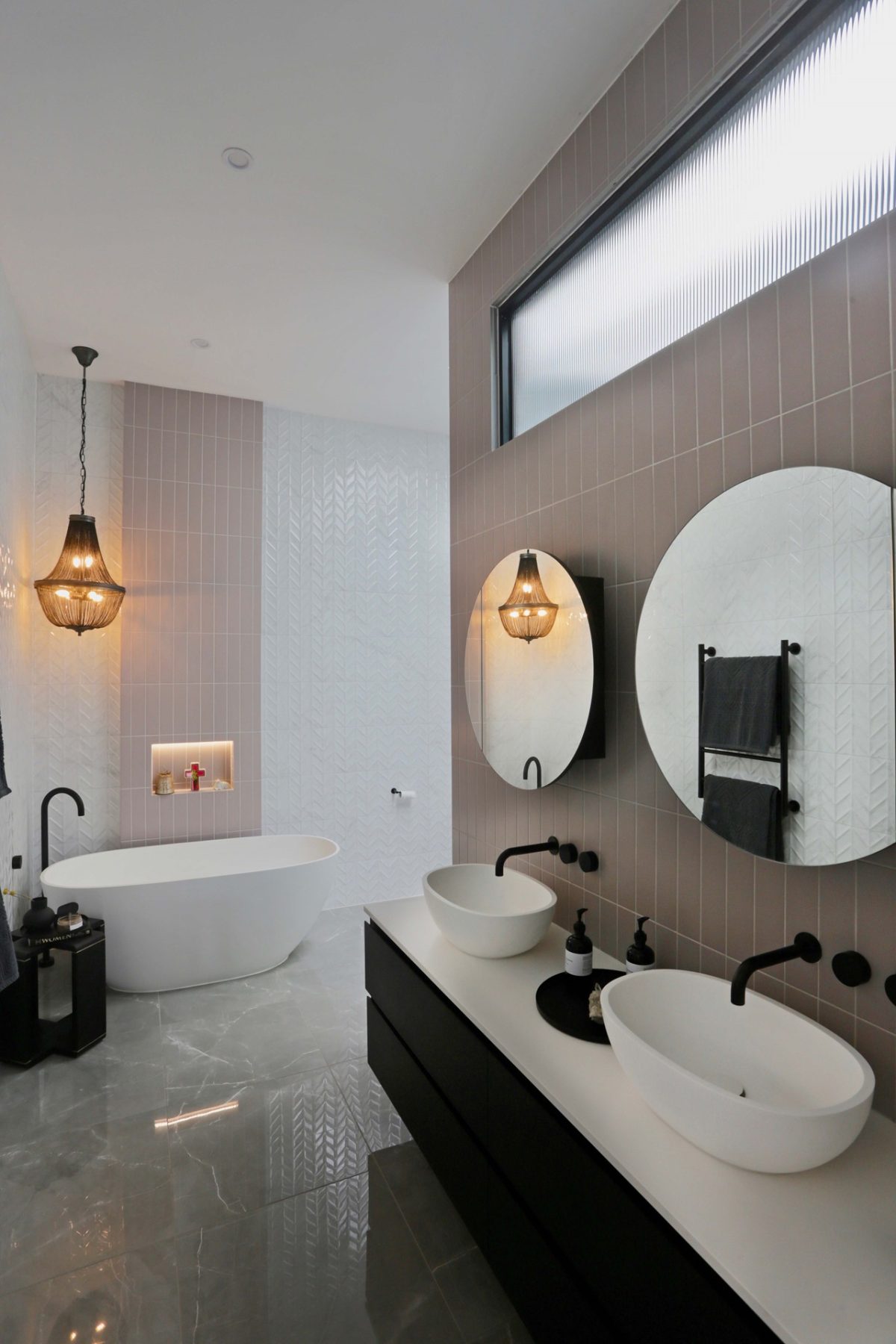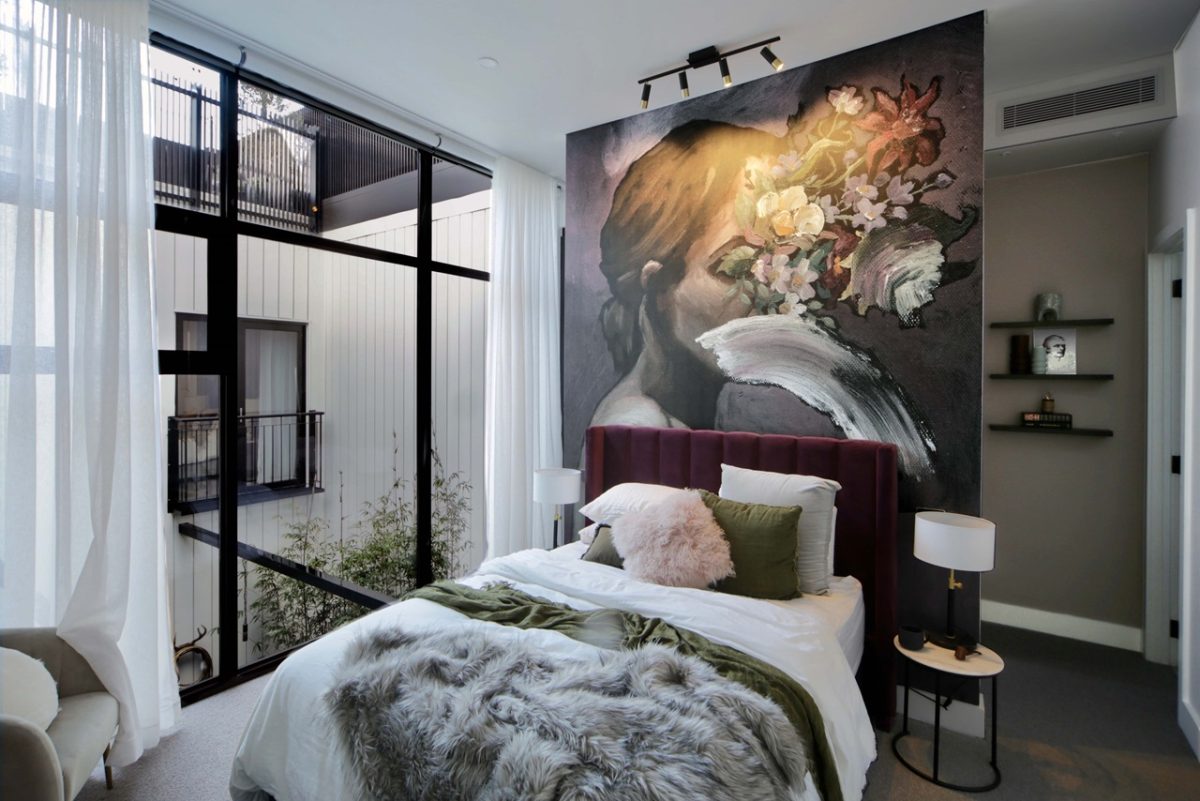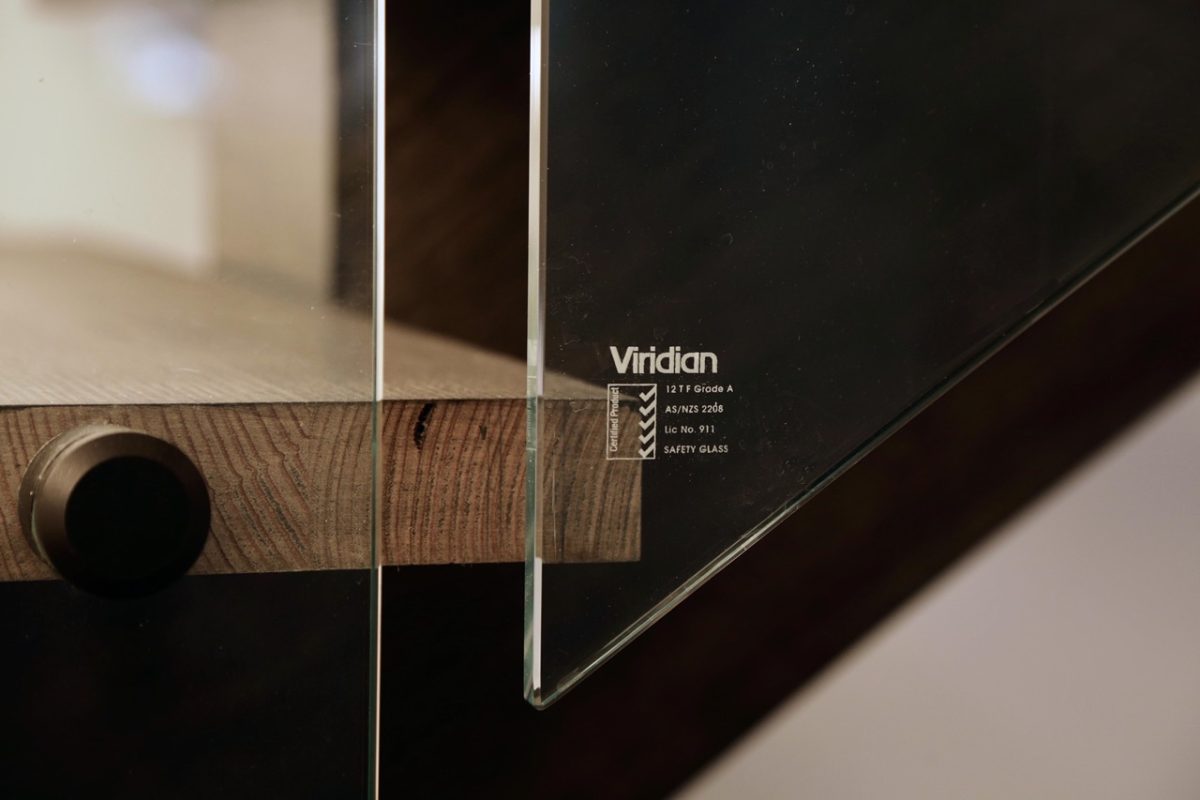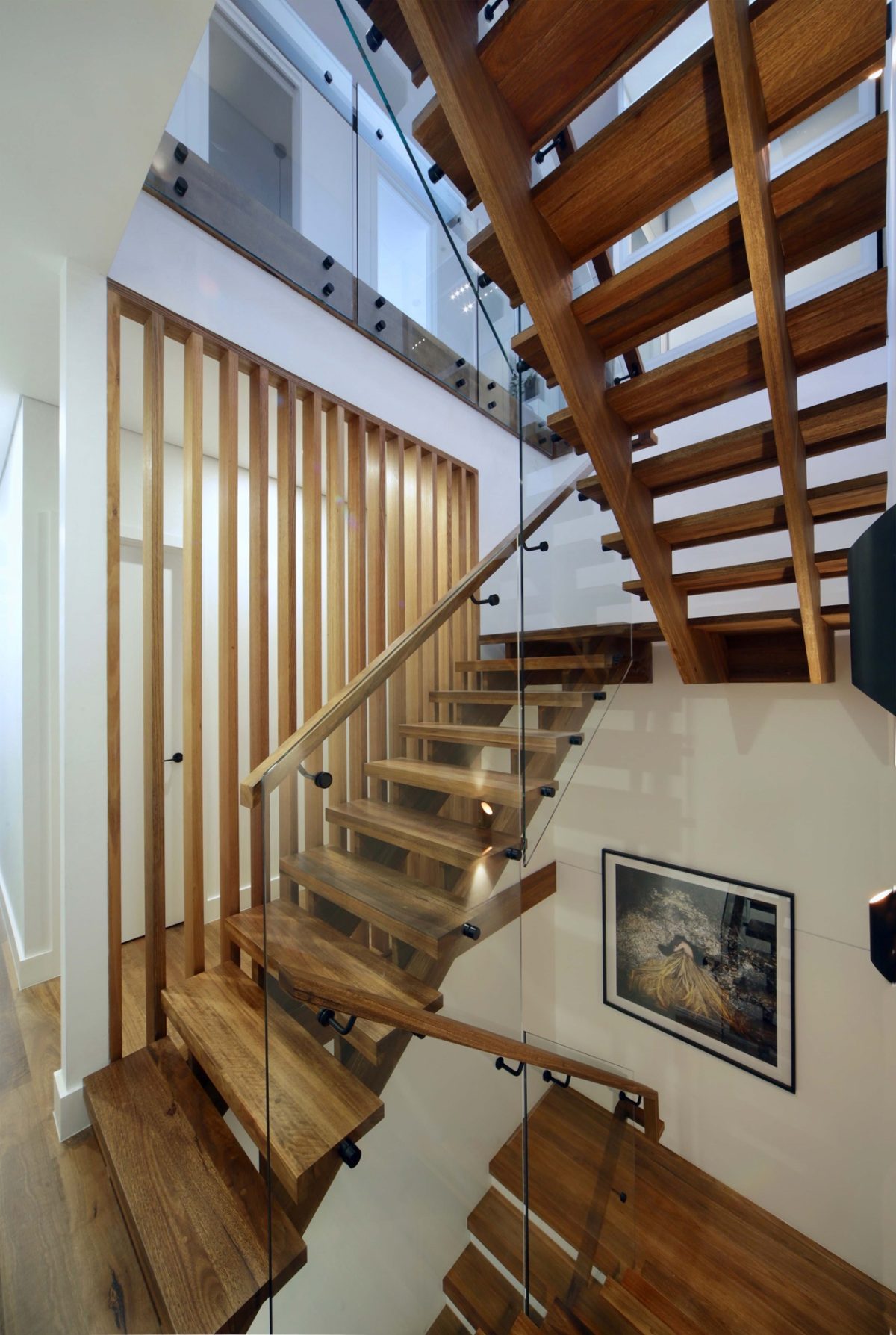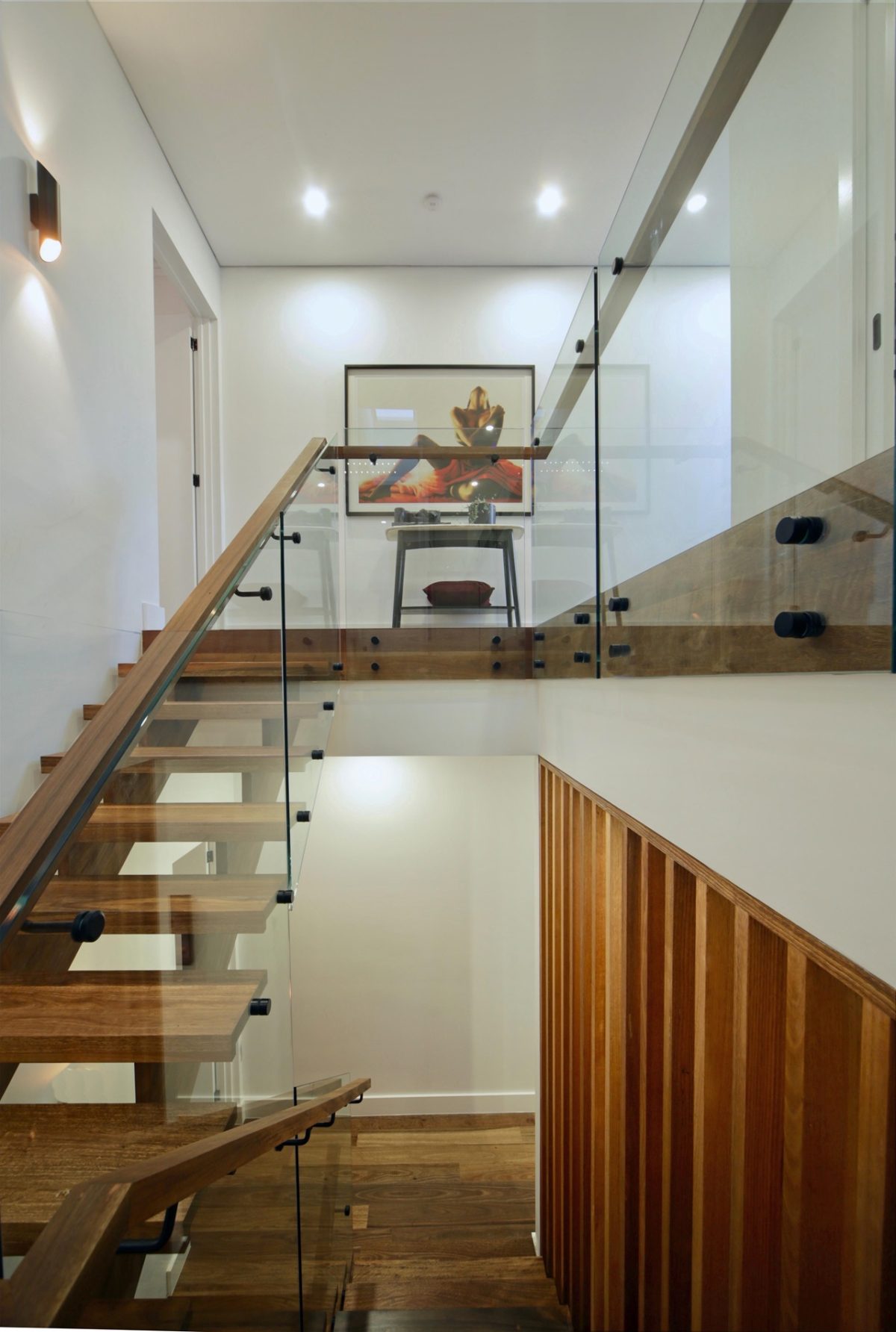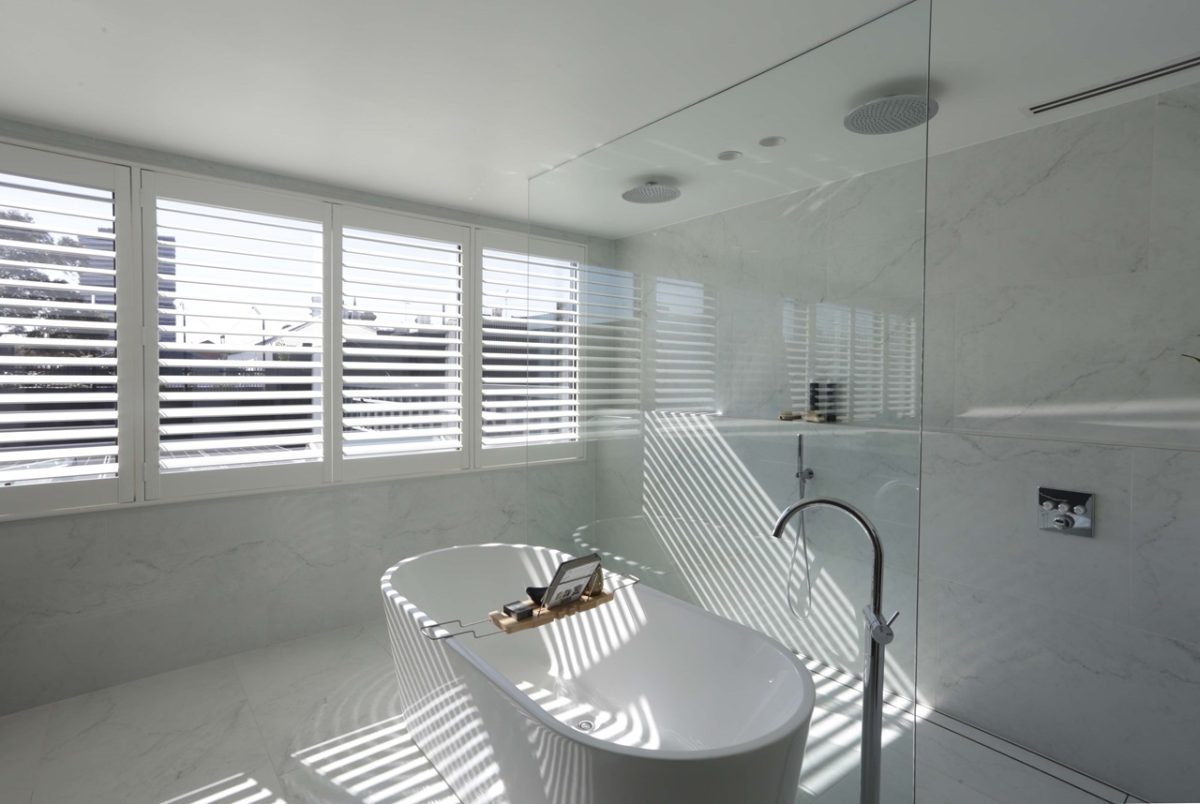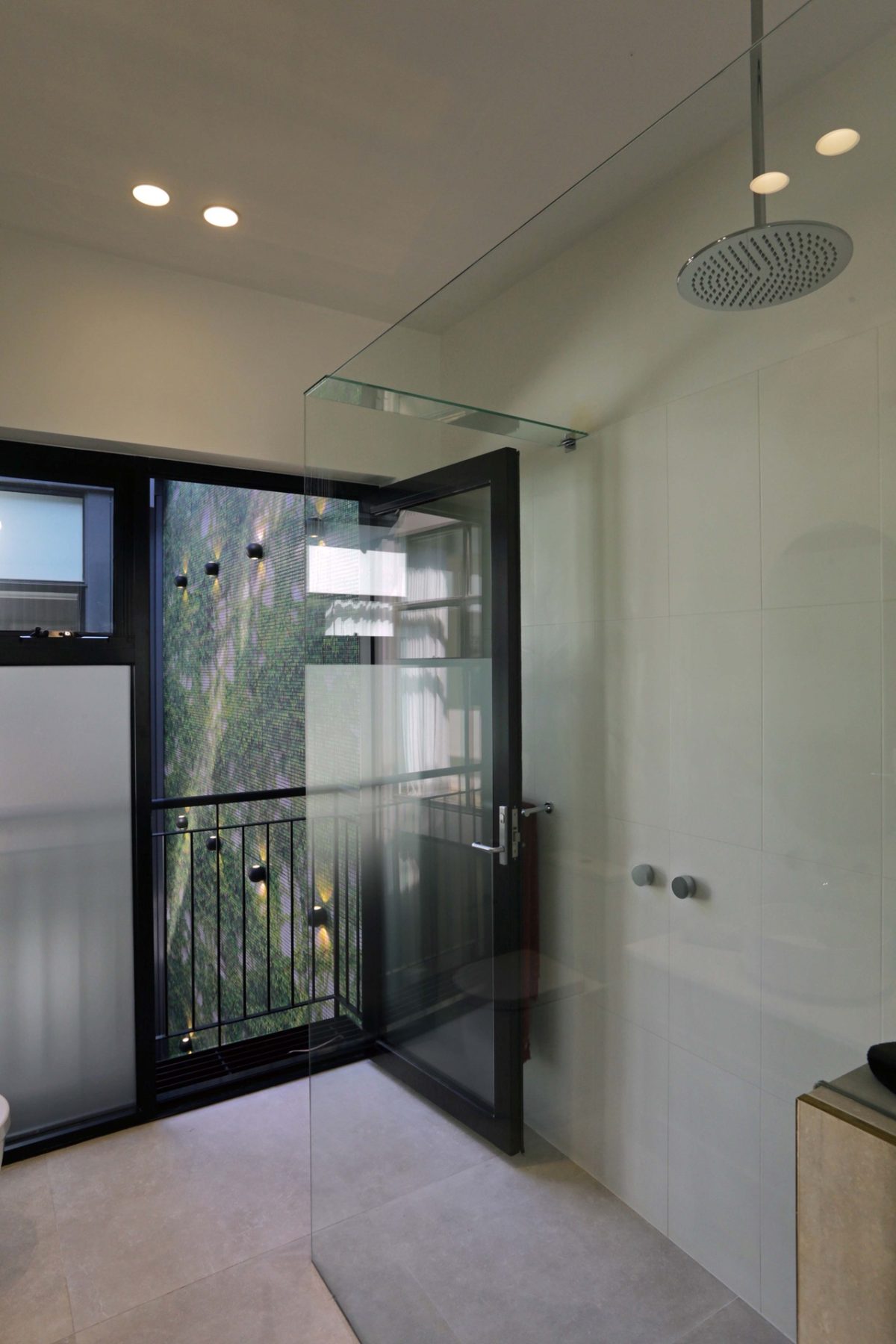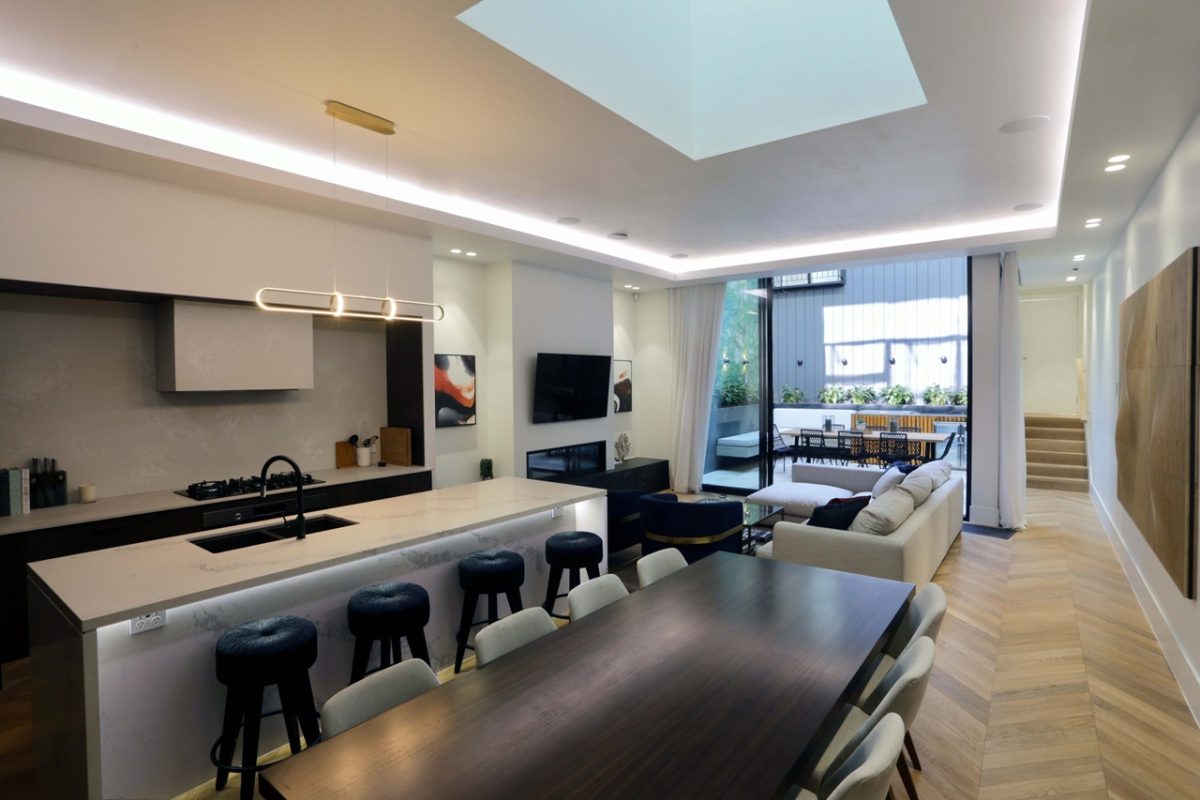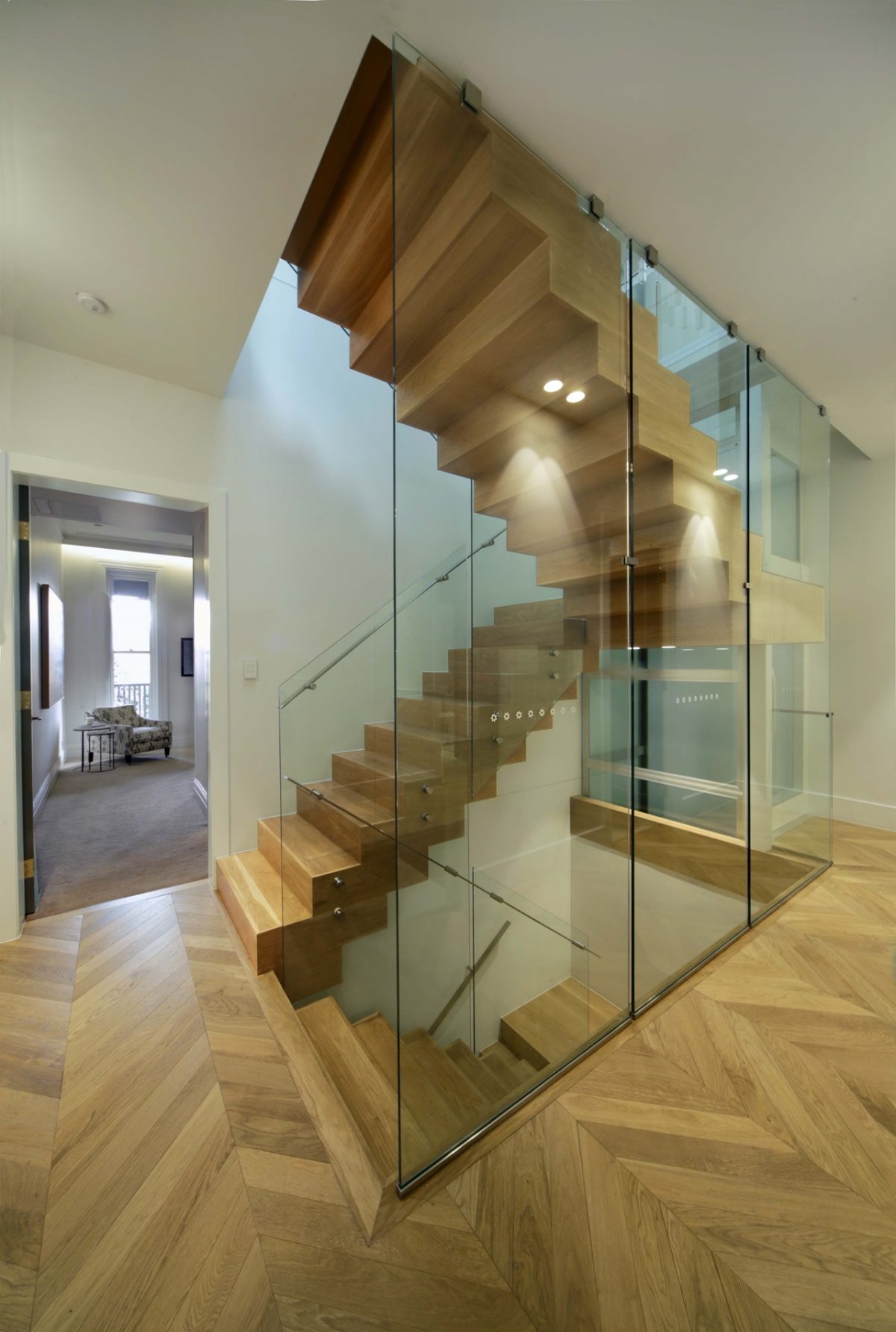The Block 2019
St Kilda, Victoria
Breathing life into broken down old buildings has become the program’s trademark. In recent times Viridian’s LightBridge double glazing has performed the lightening conductor’s role of daylight and sustainable living.
Rejuventation
The Oslo, The Block 2019, St Kilda Melbourne
The Block projects have gained a reputation way beyond mere colour trends, fittings and fixtures. Insightful architecture is one of the constants in the rejuvenation of the old and ill-fitting into the flexible, adaptable and comfortable.
While natural light is now modern-day mantra, few architects do as good a job as Julian Brenchley in harvesting daylight and delivering privacy. He is a big fan of Viridian’s products relying on the firm’s cutting edge technical developments to help deliver effortless amenity and performance.
Already a step ahead and working on next season’s Block-buster, master architect Brenchley speaks with Viridian about how Viridian glass is crucial to the series’ success.
Viridian: Congratulations on this season. What was the major test this time around?
Julian Brenchley: We were gifted a backpacker terrace that had previously been the most amazing set of five old houses built about 1855 that had devolved over time. We were given the opportunity to restore and bring back these houses to become relevant and highly liveable.
Typically, you travel a hard road converting the old and trying to give it a second life. How does glass figure in that equation or test for you?
I’m absolutely passionate about bringing these old houses back to life again. And one of the great tools we have in our toolkit is glass. We’re giving a great legacy back to future generations by giving them a house that’s performing on a whole host of levels.
How testing was this season for you?
The unique challenge as architect was to take the typology of the stacked terrace as a dense urban housing solution. How do you bring about a sense of individuality to each one? How do you get natural lighting into these courtyards? That’s a critical component with any terrace housing solution. In the day of our forefathers, natural light, ventilation, indoor and outdoor did not exist. So to bring that to five old buildings and create a modern housing solution is a unique set of architectural challenges.
Are there certain theatrical qualities required for a television audience you need to bring to your design?
Well, I think the theatrical qualities of housing involve a sense of play. I use the word sense of ‘humour’, but not as in everyone walking around laughing. There are different ways to address how people live in houses. We’re not out to make five equal houses or five statements, or five characters, if you like. That’s the TV show and the audience response to both the couples and also how the architecture is developed by the contestants. There’s quite a bit of depth in all of that. I don’t think it’s as clear as, it’s just one style or one response. There’s lots of responses and lots of character.
What are some of the design techniques you use?
You’ve got to imagine five couples living next to each other and coming up with individual solutions for their lifestyle, but it’s also about selling them. Each couple is looking to reach out to a market, so they’re bringing responses, but how do we help them? How can we make it happen? We create amenity to an older housing typology. The really obvious one is light. Courtyards, voids, skylights and open stairwells, these techniques create a really interesting dynamic and a really interesting solution.;
And daylight is such a key in this transformation isn’t it?
We are lucky with The Block being gifted these beautiful old houses. What they lacked though was any real relationship with the outside. They are genuinely closed in boxes. What are we really doing from an architectural perspective is giving the project another 150 years of life. To do that we’re bringing light into the houses and we’re creating a sense of space through indoor/outdoor amenity. We’re exploding the building from the inside out and bringing this beautiful outside in, so wherever you look now the rooms have natural light, natural ventilation, a sense of sculpture and play.
How has Viridian glass helped you achieve your aims here?
One of the great tools we have in our tool-kit is glass. We’re being clever about it in this particular series by opening these massive voids in each terrace. It’s just such an extraordinary device to use glass to bring in natural light and to capture a sense of space. And there are other different tools we suggest to contestants to bring more light in. So we have voids of course to avoid the black hole.
It feels almost theatrical in the way you introduce light throughout all three levels.
Some contestants have gone with a sense of theatrics, or play. For instance there’s the glass floor. It’s a very useful device because above that is skylights. The glass floor allows dappled light to filter into the lower living space with no detriment to either space. It’s a positive given the various products where we’ve been able to use glass to bring natural light and indeed ventilation into the building.;
Any other highlight spaces?
Bringing natural light into a building where it didn’t exist gives a great, positive amenity. There’s such a sense of well-being and nothing better than being in a north-facing room filled with winter sun. That’s a massive tick. We have various configurations of all bedrooms in this particular Block and each one uses natural light afforded by our very creative use of glass. That’s clear-cut in helping create these wonderful homes.
How have the changes in glass technology assisted your design work and that of contestants?
One of the great benefits of working on The Block is that we get to use really interesting and wonderful products. Of course amongst them is double-glazing because we want to be exemplary and specify with the right performance values and load coefficients for heating and cooling. These things are critical as is the decorative glass contestants use.
In many ways glass is the quiet achiever. By and large its presence is one of quiet understatement.
The main winner in terms of glass is brilliant – it’s Viridian’s LightBridge. One of the interesting things we can do with the architecture is pull the buildings apart. As background architects we’re helping contestants to create a wonderful volume and it’s often the case that glass is the unsung hero. There’s the glass floor here, full height windows and glass balustrades so we’re getting some really interesting products coming into the show. From the glass perspective we’re really creating quite a unique environment and in a way we’re really proud of that involvement.
Is there a sense of the mental leap from sketches and renderings to the completed project where you plan and hope for the best result?
We have a three-story building facing the street. How do we get daylight in? How do we make this a pleasant space? The courtyard in the middle is a fantastic response with full-height and double-glazing on top of all that. We do a lot of modelling to make sure we are going to get enough light into these spaces but one of the more pleasant things is when you build it and find those spaces are just absolutely magical. The full height glazing is one thing, but it’s wonderful to have the technology available of double-glazing at this scale. We have natural light and the creature comfort of using full height glass along with thermal comfort. We do the studies, we assume it’s going to work, but then to actually experience it is a great moment.
The amenity that glass can bring is what will also make these houses sustainable, because they’re that much more pleasant to occupy. Isn’t that as important as all of the star ratings?
Glass is a fantastic product. When we start to talk about sustainability in housing that’s liveable it has to support environmentally sustainable design practises. Glass is shaded where it needs to be. It’s open for natural sunlight where it needs to be. There’s appropriate design response and again, great opportunity for glass in the future, correctly handled and applied in housing solutions.
Take a tour through the home and watch Julian’s interview below.
